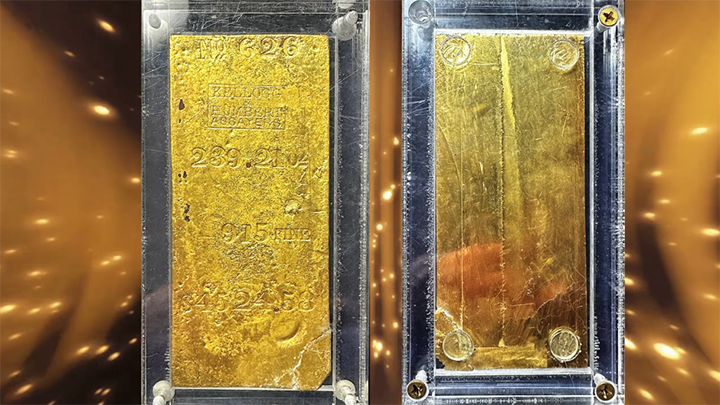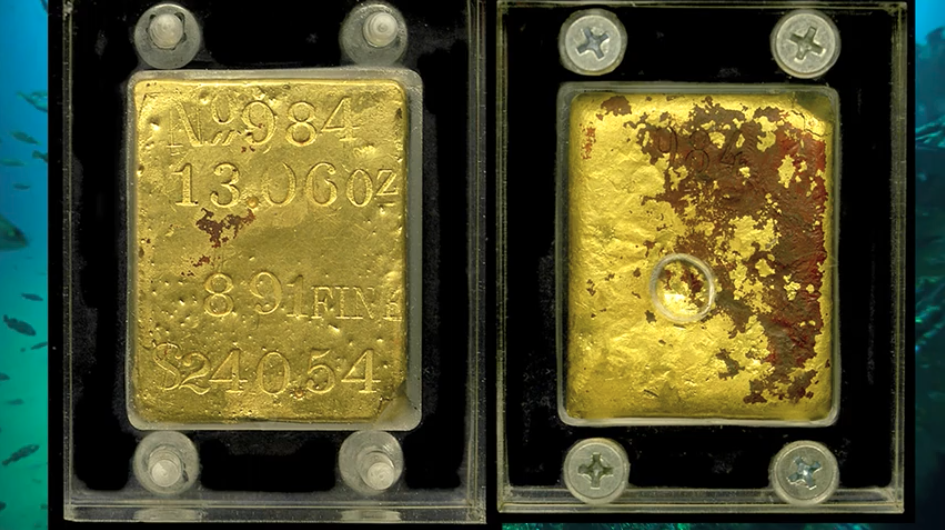
The Remarkable Gold Bar Faceplate
July 1, 2024
Introduction
The SS Central America, also known as the "Ship of Gold," sank in 1857. The shipwreck carried massive gold lost during the California ...
Expert insights on rare coins, precious metals, and numismatics

July 1, 2024
The SS Central America, also known as the "Ship of Gold," sank in 1857. The shipwreck carried massive gold lost during the California ...

May 6, 2021
Occasionally customers call and ask us, "Can I buy gold ingots?" Many of them are especially interested in gold ingots from the SS Central American Shipwreck. What's interesting is where these gold ingots came from—The California Gold rush. It was a very fascinating time in American History.
...